The time-based video recording is the most common and generally accepted tool for documenting performances. If, however, the recording is understood as an authentic reproduction of the live moment, it becomes controversial. Different recording strategies, from the uncut complete rendering to the subjective hand-held camera recording, communicate different information and viewpoints. What they have in common is their subjective and fragmentary character, which is articulated in film effects or during post-production as an active intervention in the temporal structure of the recorded event. While the subjectively moving camera explicitly suggests different audience perspectives, even the uncut rendering is to be understood as a constructed excerpt, whose apparent objectivity is the expression of a consciously chosen stylistic device.
The audio recording conveys aspects of a performance which are often ‘drowned’ or less apparent in the audiovisual recording. Although auditory and visual information is simultaneously recorded in video recordings and can also be received synchronously, acoustic information is often muffled or obscured due to the traditional dominance of the visual.
In photographs, moments within a time continuum are frozen; they reflect the interpretative view of the producer. In the case of images with an iconic character, which capture a certain photogenic moment, the photographer focuses on getting the ‘best picture’ and not on the course of the action. A series of several pictures prompts the observer to fill in the blanks in information surrounding them using his or her own imagination. In this way, pictures series allow the temporal structure and the process of a performance to be considered. Oral eyewitness reports are subjective and fragmentary; they often facilitate affective perceptions of a performance on account of the immediacy of their narration. The spectrum of written testimonials covers all manner of text forms, including those representing artistic and literary positions as well as reports and commentaries. The former display the authors’ processes of reflection and abstraction. At the same time, they contain omissions and breaks on account of the linguistic interpretation of the experienced moments.
Materials and objects (relics) used by artists during performance fulfil various functions for transcription. They can, for example, serve as directions and provide information on the artist’s intentions. Depending on their context and semantic nature, they can be affectively charged and, as ‘contact relics’, contribute to mysticizing the live moment.
Recommendations:
- Working with technologically created artefacts requires specific knowledge and skills also to be able to read and analyse them.
- For conducting research on performances, uncut video recordings (complete renderings) are especially useful because they provide the most comprehensive information on the following points: temporal dimension, movements and sequences, acoustic, ‘ambient’ and spatial contexts as well as audience reactions. They do not, however, constitute reproductions but produce a construct based on the recorded reality.
- Subjective video recordings should be regarded as interpretations suited to artistic transcribing. This must be arranged with the relevant performance artist(s) since it may involve completely re-inscribing a work.
- Individual photographs and picture series hold their own potential for visual transmission, despite their subjective, partial view and contrived nature, and provide important material for theoretical and artistic transcriptions in combination with other artefacts.
- Eye-witness statements generally deserve greater attention. The audio recordings of these statements can convey many details of a performance as well as specific forms of reception. Furthermore, they hold a certain physical dimension thanks to the human voice. Here, thought must be given to how consciously these recordings are used as authentication strategies.
- Written statements range from objective reports to subjectively interpretative texts. In each case the author should be identified.
- Object / material (relic) type artefacts have a fluid character. Materials or objects used in performance do not automatically constitute relics, but become them later according to the context or significance attributed to them by the relevant agents.
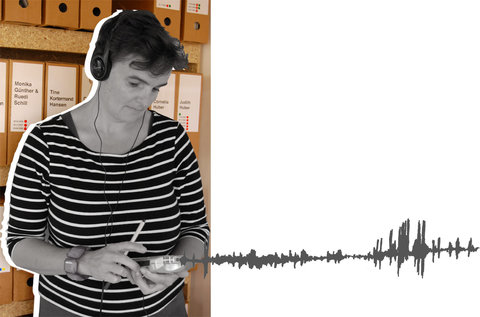
An audio recording communicates aspects of a performance which are often ‘lost’ in audio-visual recordings or are simply not as discernable. In video recordings, auditory and visual information is recorded simultaneously, making synchronous reception possible. Nevertheless, acoustic information is often subordinated or obscured by the traditional dominance of the visual.
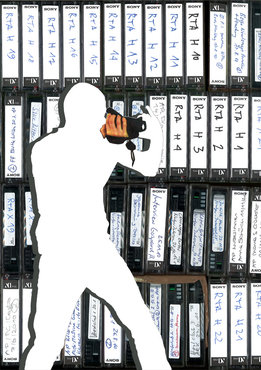
The time-based video recording has become the standard form of documentation for performance art. And, yet, when the recordings are considered to be authentic renderings of the live moment, controversies ensue. Different recording strategies such as the single take long shot or the hand-held camera transmit different types of information and points of view. What they all have in common is their subjective and fragmentary character, which is expressed through active intervention in the time structure of the recorded event with cuts or effects introduced during the filming or in the context of post-production work. The subjective camera, in particular, suggests different points of view of the audience, but also the single take long shot must be seen as the construed excerpt of an event in which a consciously selected ‘stylistic device’ is expressed through its seeming objectivity.
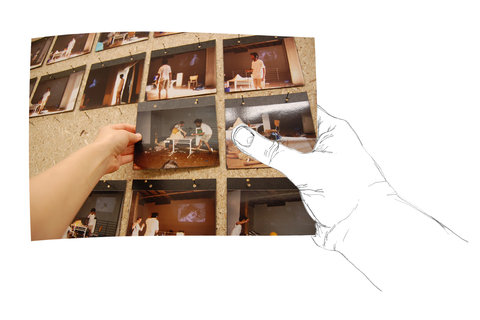
In photographs, moments within a time continuum are arrested, reproducing the interpretive view of the photographers. In the case of images with an iconic character, which are concerned with the capturing of a particularly effective moment, the photographer’s focus is on ‘the best image’ and not the sequence of events. Stringing together several pictures stimulates the viewers’ willingness to fill in the blank spaces by using their imagination. A picture series can, thus, approximate the time structure and progression of a performance.
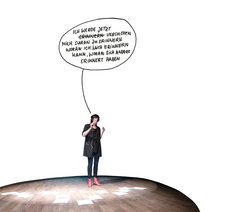

Oral witness reports are subjective and fragmentary. By means of direct narration, descriptions of affective perceptions of a performance can often be produced. The spectrum of written witness reports incorporates different text types which are not only of a reporting or interpretative-based nature, but can also represent artistic-literary positions. Such text types show an author’s distinct process of reflection and abstraction. At the same time they also contain gaps and fractures resulting from the translation of the experienced moment into language.
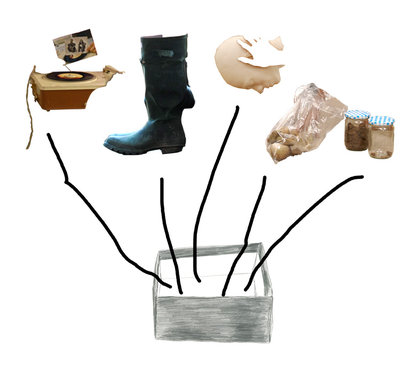
Materials and objects (relics) which are implemented by artists during a performance fulfill different functions for the transcription. They can, for example, serve as instructions and provide information about the intentions of the artist. Depending on the context and the semantic characteristics, they are affectively charged and as ‘relics which can be touched’ contribute to the mystification of the live moment.